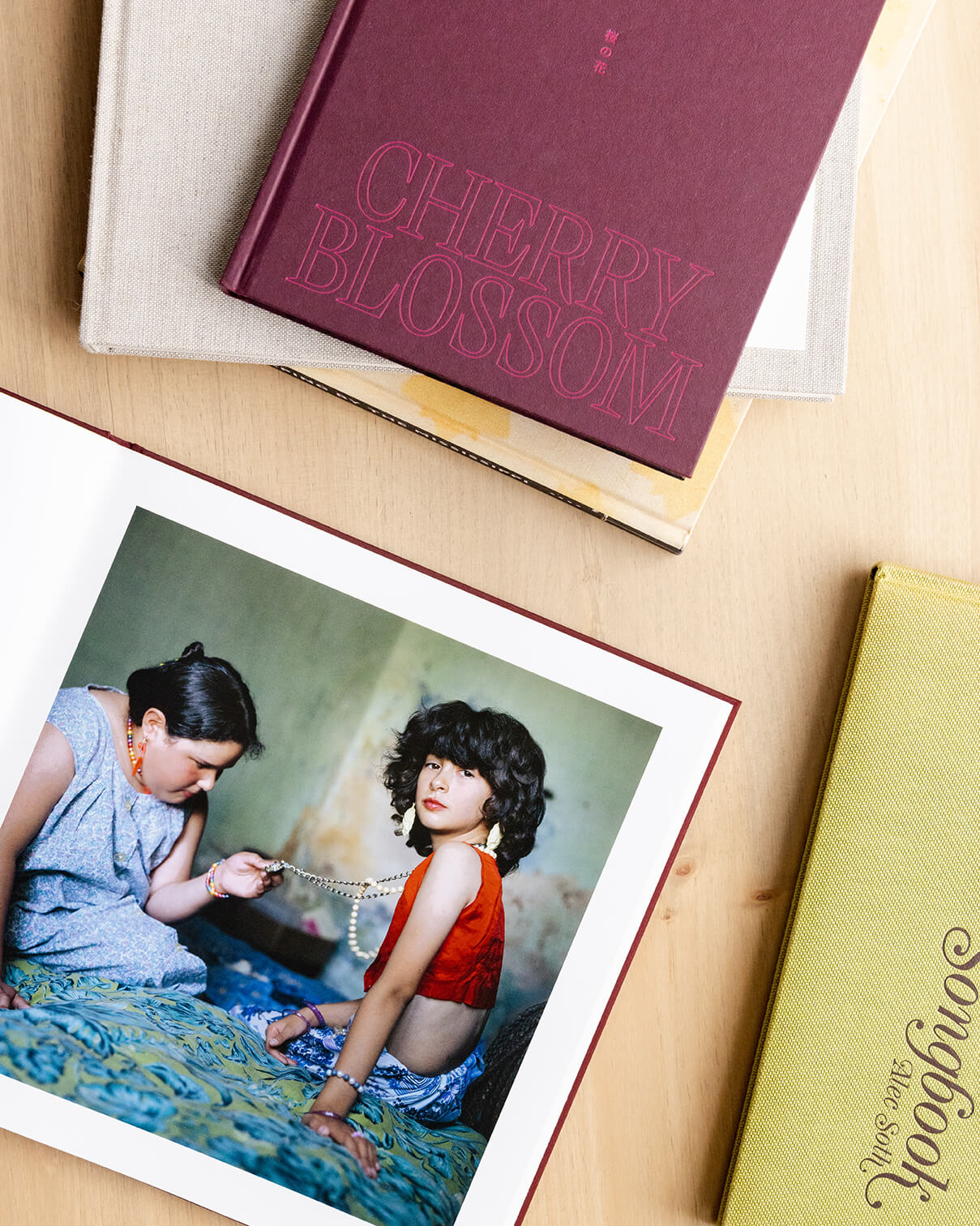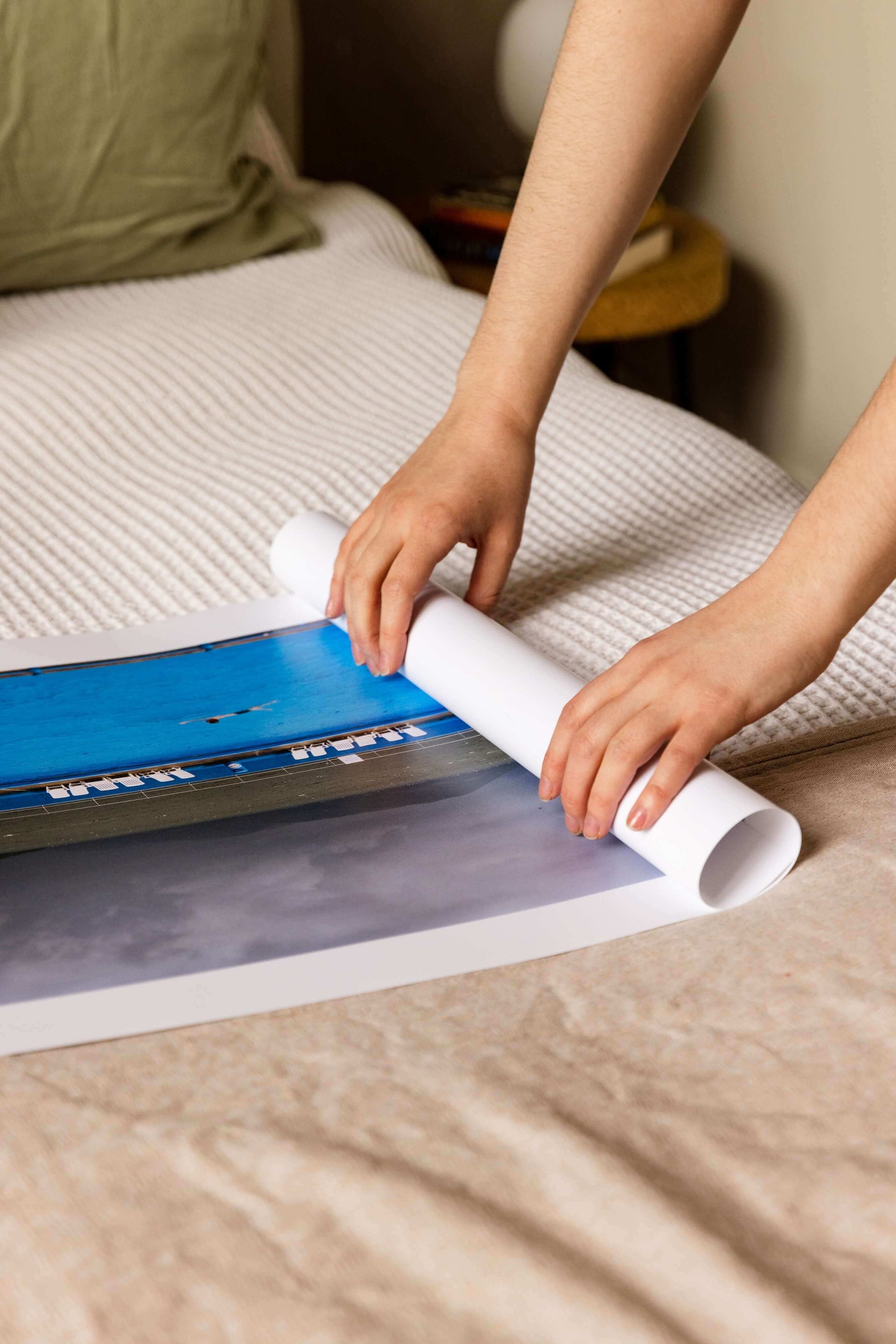Magnum x Paris Photo
Paris Photo Fair
Grand Palais, Paris
November 13–16
Booth C02
Magnum Gallery presents vintage prints by René Burri, Leonard Freed, Philippe Halsman, Sergio Larrain, Herbert List, Paolo Pellegrin, and Alex Webb, lifetime prints by Eve Arnold, Chris Killip, and Marc Riboud, and contemporary works by Myriam Boulos, Raymond Depardon, Harry Gruyaert, Susan Meiselas, and Alec Soth.
Related Events

Polycopies
Magnum’s stand at Polycopies Book Fair presents a large selection of photobooks, including new publications from Lúa Ribeira, Ferdinando Scianna, Patrick Zachmann, David Hurn, Mark Power, and Olivia Arthur, as well as a collection of old, rare, and limited-edition releases dating back to the early years of the Magnum archive.
Talks & Signings Schedule
Thursday, November 13
4–6 PM: Talk & Signings with Lúa Ribeira (Agony in the Garden) and Susan Meiselas (44 Irving Street)
Friday, November 14
2 PM: Signing with Marco Bischof (Werner Bischof Estate), Unseen Color
3 PM: Signing with David Hurn, Wales As Is
3:30 PM: Signing with Patrick Zachmann, Allotments
4 PM: Signing with Olivia Arthur, Lee and the Sea Things
5 PM: Signing with Mark Power, Fashion
Saturday, November 15
1 PM: Signing with Bieke Depoorter, Blinked Myself Awake
6 PM: Signing with Myriam Boulos, What’s Ours
Sunday, November 16
2 PM: Signing with Harry Gruyaert, Homeland

Magnum Moving Sale
68 rue Léon Frot, 75011
1:30–6 PM
As Magnum prepares to bid farewell to its office space in the 11th arrondissement later this year, we invite you to join us on Saturday, November 15, for an exclusive sale of Magnum photobooks — relics from the past, rare editions, and new group catalogs. An exhibition of contact sheet prints revealing the workings of Magnum photographers such as Eve Arnold, Robert Capa, and Werner Bischof is also on view in the space.





